
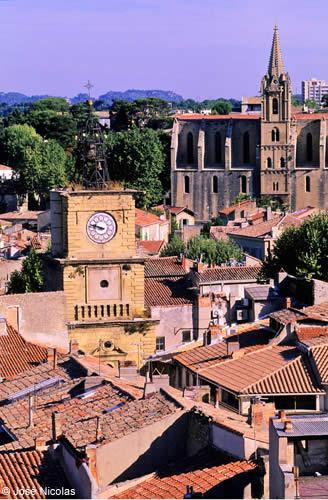
Situated in the Bouches du Rhône department, between the Alpilles, Luberon, Camargue and the region of Aix en Provence, Salon de Provence likes to keep one guessing and its heart seems to waver between tradition and modernity. It's history is reflected in the architecture of the old town centre and the soap-makers' quarter, on the fertile plain of the Crau and also in the sky where you can see the aerobatic formations of the famous Patrouille de France.
During the Renaissance, Adam de Craponne, a French engineer, changed the destiny of Salon de Provence by building an irrigation canal named after him. Bringing water from the Durance River, it gave birth to the Crau and its 12,000 hectares of wet prairies that today produce the famous Crau hay with its AOC label. Herding is taught at the Domaine du Merle and the House of the Transhumance is set up there.
The memory of another illustrious person still lingers in the city. Nostradamus spent the last 20 years of his life in Salon. Museum, mural, statue, festivities and a theme tour will guide you in discovering more about this Renaissance man, apothecary, physician, savant, astrologer.
Resolutely turned towards the future, Salon de Provence houses, on its airbase 701, the Flying School since 1946 and since 1964 the Patrouille de France, considered the world's best flying formation team. Maybe you will have the occasion to see their spectacular movements during their training or summer demonstrations.
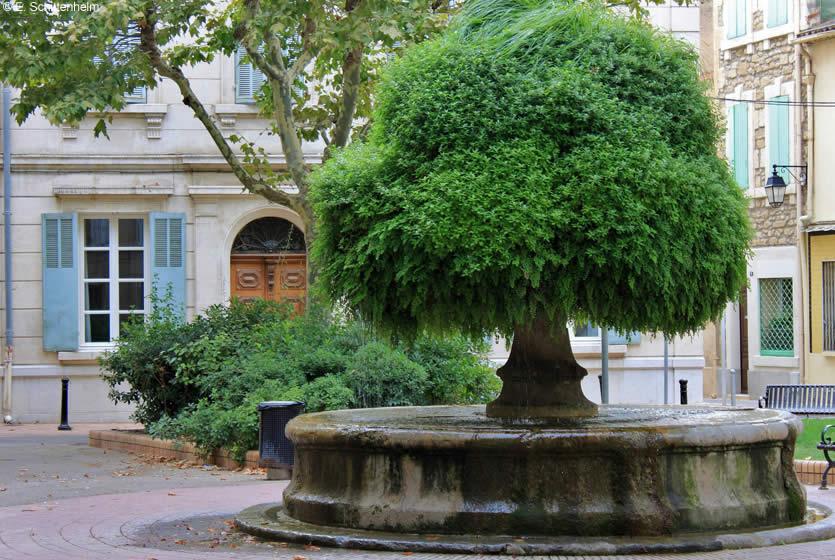
The Mossy Fountain in Salon de Provence
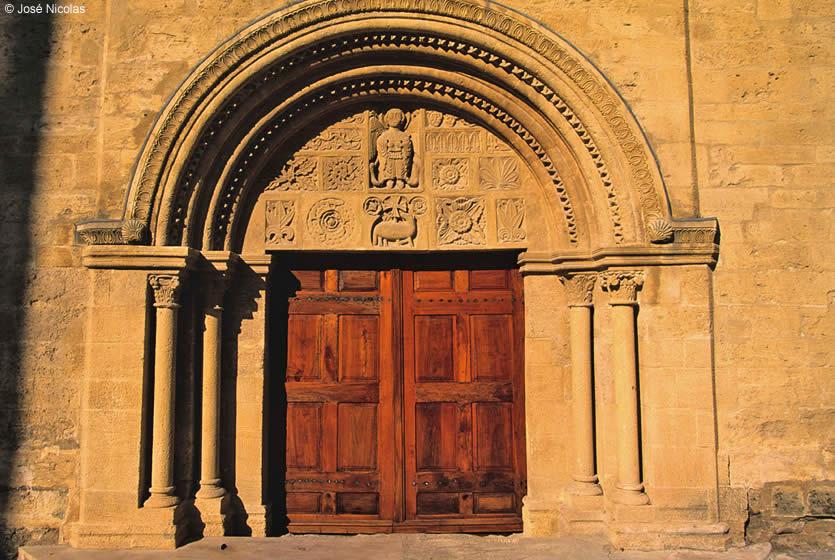
Romanesque tympanum in the Saint-Michel Church of Salon de Provence
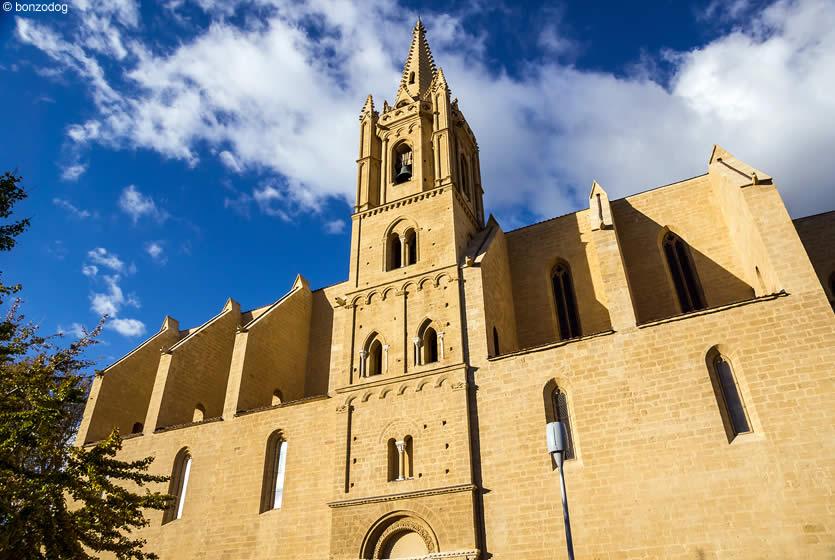
The Saint-Laurent collegiate church, Salon de Provence
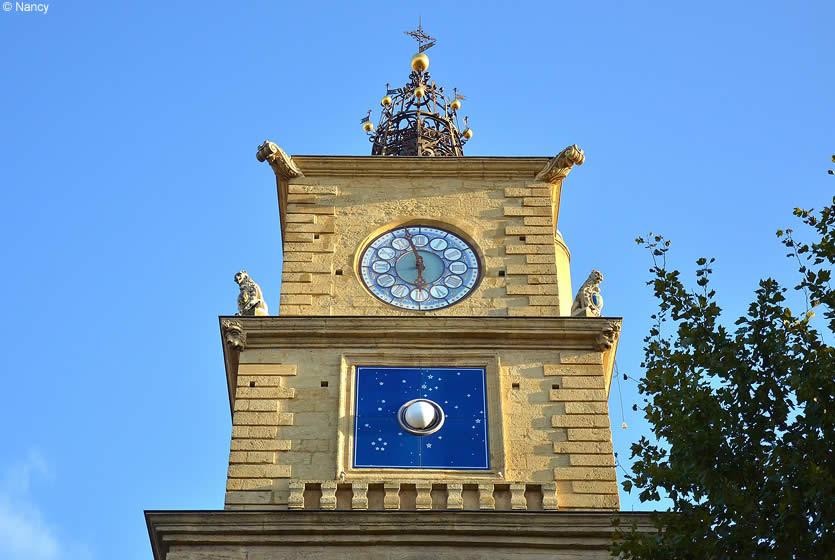
Tour de l'Horloge tower in Salon de Provence
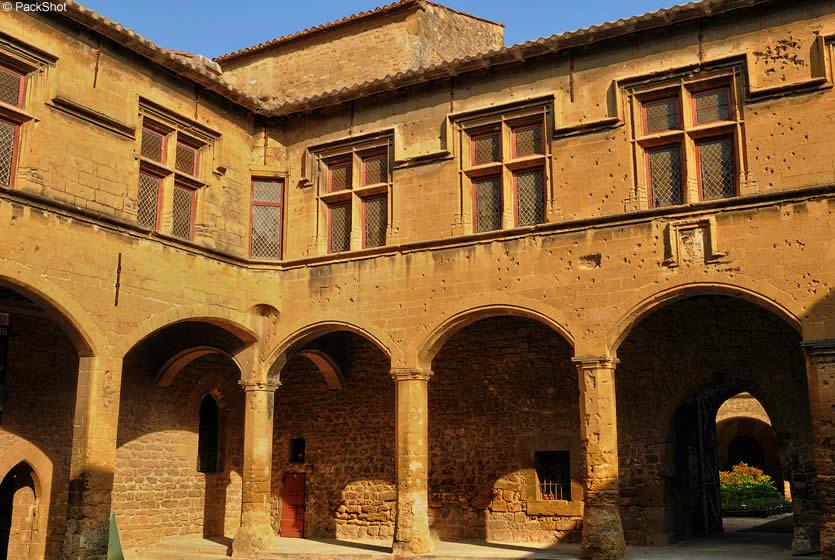
Courtyard of the Château de l'Emperi
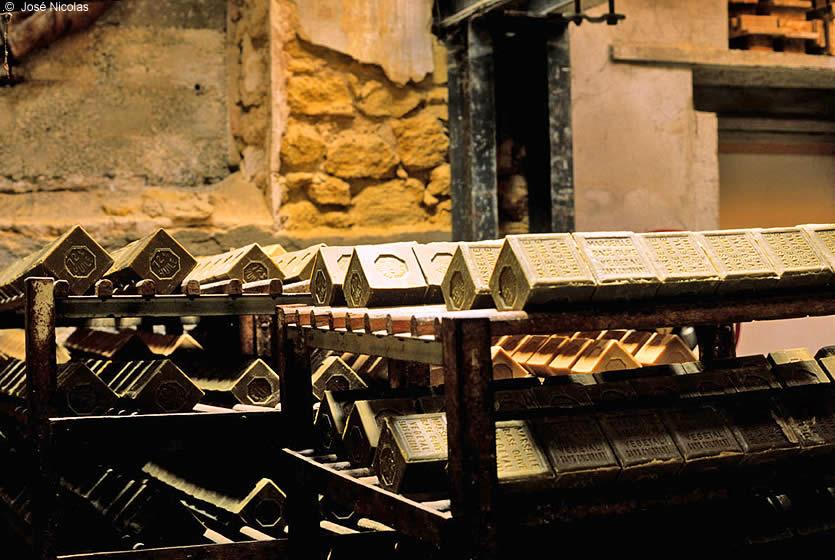
Savonnerie Rampal Patou, soap-makers in Salon de Provence
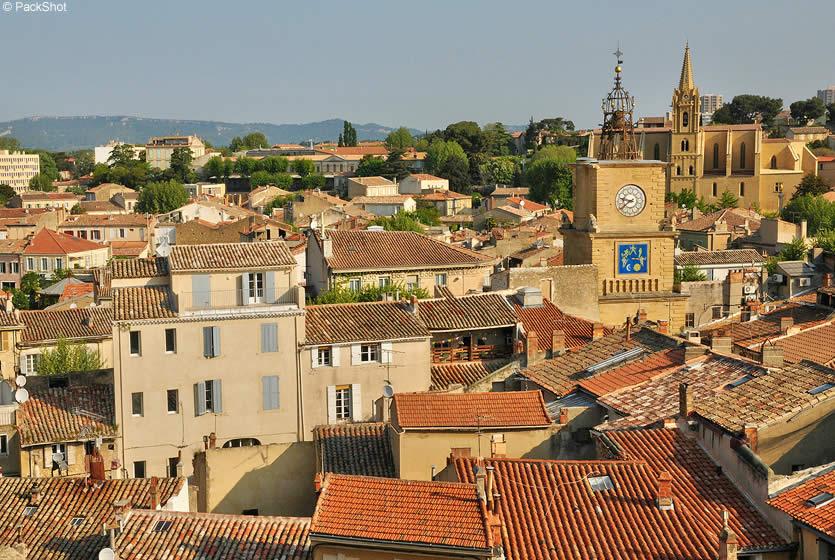
View over Salon de Provence from the terrace of the Château de l'Emperi
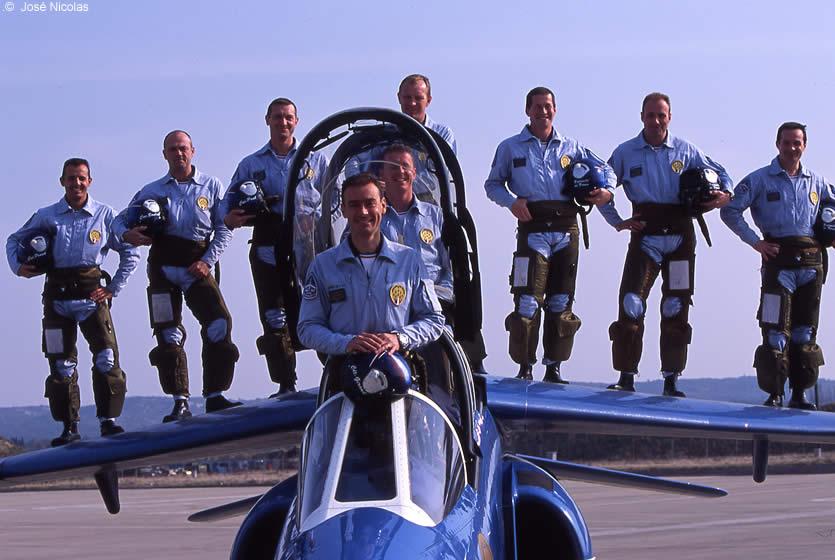
Patrouille de France, airbase 701, Salon de Provence
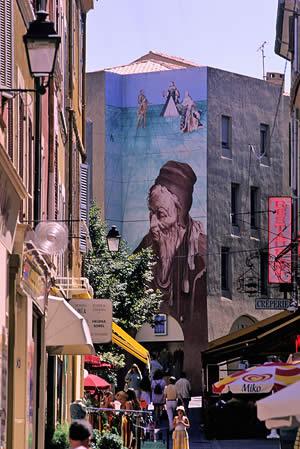
The historic centre, scattered with narrow lanes and medieval doors, is organized around the Château de l'Empéri and possesses a rich architectural heritage and a wealth of museums. The Flâneries, organized by the tourist office, let you discover the history and secrets of the town during guided tours.
The Château de l'Empéri is one of the three biggest fortified castles in Provence along with the Popes' Palace in Avignon and the Château de Tarascon. Built in the 10th century, it takes its name from the germanic Holy Roman Empire to which Salon de Provence was attached. The château today houses the conservatory as well as the Empéri Museum, an incredible collection of weapons, uniforms, drawings, engravings, flags and documents retracing French military history from the Regency to the First World War. The Château's terrace offers great views over Old Salon.
It is also in the Château's courtyard, where the acoustics are perfect, that the international music festival, "Musique à l'Emperi", takes place every summer.
The 12th century Saint-Michel Church, listed as a Historic Monument, has a remarkable Romanesque-style tympanum representing the paschal lamb. It also hosts concerts during the Musique à l'Emperi festival.
The Saint-Laurent collegiate church, rebuilt in the 15th century following its collapse, is a pure example of southern Gothic architecture. It houses the tomb of Nostradamus.
The Porte de l'Horloge and its remarkable openwork campanile.
The Town Hall and the sumptuous wedding hall, listed as a Historic Monument, boast beamed ceilings and magnificent 18th century woodwork.
The 16th century Grand Fountain, called the Mossy Fontaine. During the 20th century, calcareous concretions as well as vegetation developed on it, joining the two basins and giving it the shape of a mushroom.
At the foot of the Château, The House of Nostradamus holds the museum devoted to the great mind of the Renaissance and offers a 45-minute audio-guide tour to learn about this enigmatic astrologer-physician.
The Grévin Museum of Provence shares its name with the famous Parisian wax museum. Through 16 scenes enhanced by special effects, its pays homage to Provence and to the people who have contributed to the richness and diversity of its history.
The soap-makers' quarter, an architecture linked to soap
For several decades, from 1870 to 1930, Salon de Provence experienced an economic boom tied to the oil and soap industry. The merchants of Salon flaunted their success with the construction of villas and chateaus. Some buildings still remain today and a promenade in the soap-makers' quarter lets you see this architectural frenzy. The small guide to the town's heritage, which you can get at the tourist office, is an interesting support for accompanying your visit. The saga of soap in Salon de Provence recounts the different stages of this soap-making epic.
The soap-making factories of Salon de Provence
Only four factories making genuine Marseille soap still exist in the region, three in Marseille itself and two in Salon. Marius-Fabre and Rampal-Latour, which even many people in Salon are unaware of, have each managed to continue in their own fashion.
Despite all odds, these two establishments are still here. Okay, they are not production powerhouses, barons of industry, masters of marketing. Just modest, traditional companies that over time, through the crises, in the course of modernisation, have captained their own boat without deviating from their principles, perpetuating a tradition and preserving their authenticity without getting trapped in the past. The two establishments offer guided tours of their soap factories and Marius-Fabre houses the Marseille Soap Museum as well.
Festivities set the city's tempo throughout the year with the Rencontres Cinématographiques film festival in March, the Transhumance in late April / early May, the three-day Historic Reconstitution during which the city streets relive the Renaissance, evening markets on Fridays in summer, the Côté Cour Theatre Festival and the International Music Festival in July / August, both in the exceptional setting of the Château de l'Empéri, the Opera Festival, Son au Balcon, the Fête des Couleurs in late September, the Festival du Rire for comedy in November and much more.
In the area around the city, fitness trails, cycling lanes and hiking trails in the Tallagard Massif or on the Crau plain will please the athletic.
Salon de Provence lies in an ideal position for visiting Provence since it is easy to get to the region's most beautiful tourist sites, all within less than an hour's drive: Aix en Provence, Marseille, Avignon, Arles, the Luberon, the Alpilles and the Camargue. History lovers won't want to miss the Château de la Barben, 12km from Salon de Provence.
Art of living
Gastronomy, markets of Provence, regional products, Christmas traditions, celebrities of Provence....